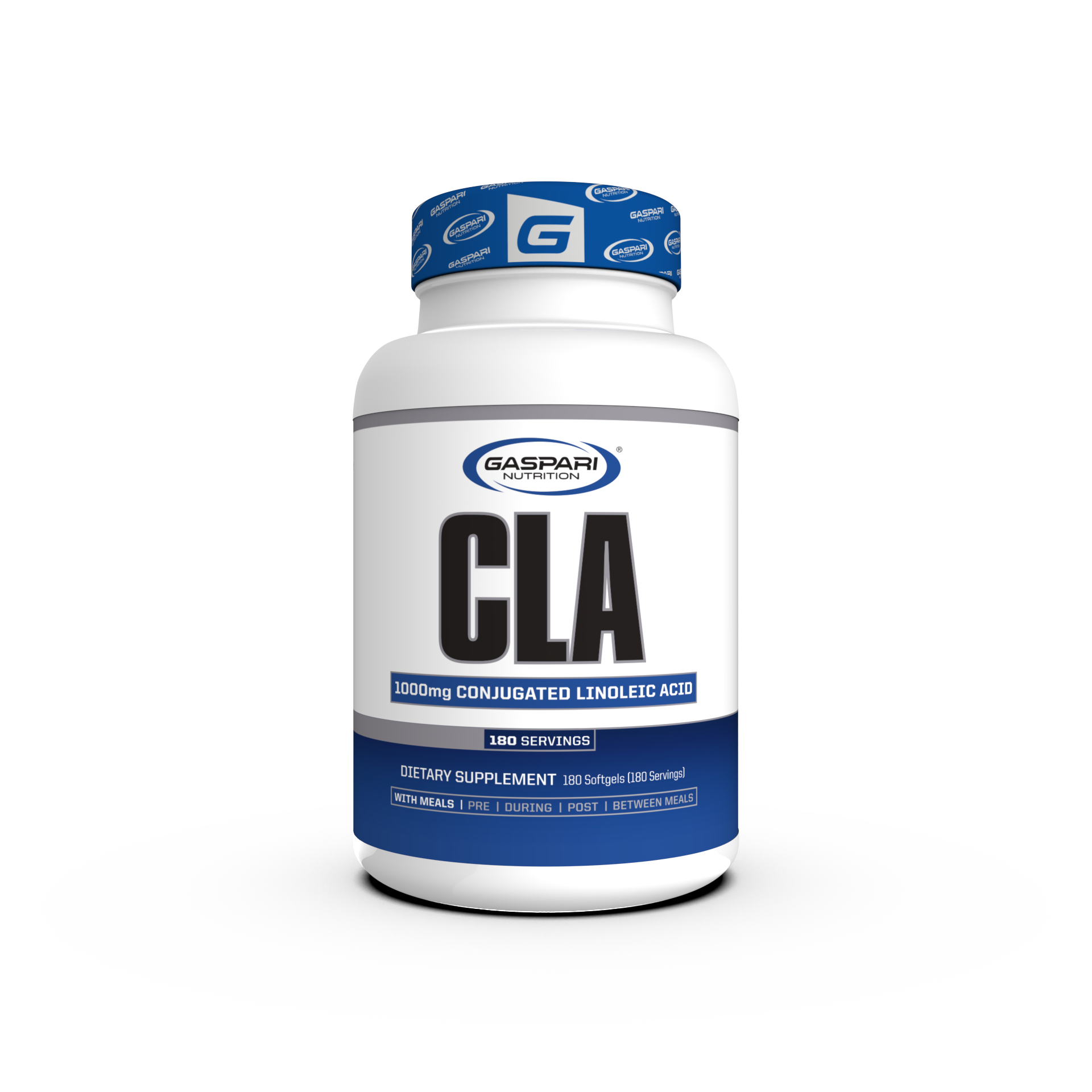Isolation exercises are defined as exercises that use only one joint. The use of only one joint ensures that a small number of muscle groups are used. Thus, the exertion focuses on a particular area of the body. This type of training is extremely popular. In fact, most commercial workout machines are meant to isolate specific muscle groups. In this article, we will look at the benefits and the drawbacks of this type of training.
The Benefits Of Isolation Exercises
Isolation exercises have several distinct advantages. First of all, they allow a person to correct any muscle imbalances that may exist. With so many muscle groups in the body, it can be very difficult to work them evenly. Thankfully, most muscle imbalances are minor and can be corrected with a few sessions of isolation.
Isolation exercises are often used in physical therapy. When a person is recovering from an injury, they are often unable to use certain muscle groups for long periods. For instance, a patient with a broken leg usually is looking at weeks or even months without using their legs. The broken leg will not be used at all, and the good leg will be used very little.
When the leg finally heals, the patient will need to build up their leg muscles to make up for months of atrophy. Obviously, isolation exercises will be used in a case like this since the patient only needs to work on a single bodily area.
Another great thing about isolation techniques is the fact that you can use a “rotation” method to reduce your downtime between workouts. To put it simply: You work one muscle group to exhaustion, and then work another group while the first one takes a rest. Because isolation exercises will concentrate all the exertion and fatigue in one area, you can go to the gym on the next day and focus entirely on another muscle group without fear of injury.
The Drawbacks Of Isolation Exercises
It should be mentioned that some muscles are tough to isolate. For instance, let’s take a look at this study here. Researchers were using myography to measure the electrical activity of various muscles. They were attempting to isolate the Vastus Medialis (inner thigh) with various exercises. They found that it was virtually impossible to isolate this particular muscle. Thus, we can see that it’s better to concentrate on muscle groups rather than individual muscles.
Another study seems to confirm this fact. This one concluded that muscles develop more quickly when worked as a group. Thus, true “isolation exercises” do not exist.
Another little problem is the fact that isolation exercises are not very time-efficient. Most people only have a certain window of time in which to work out every day. Thus, compound exercises (the opposite of isolation exercises) can help to save time. Using the isolation method will require a lot more time. Using the “rotation” method described above will help somewhat with time-inefficiency, but this fact will always remain.
3 Of The Best Isolation Exercises:
Let’s take a look at some of the best isolation exercises that we have found. There are so many isolation exercises that we could never hope to describe them all, so don’t be afraid to do some additional reading.
1. The Chest Fly:
The Chest Fly is one of the best exercises for isolating the chest, especially the pectorals. Start by lying back on a bench with both feet flat on the floor. With a dumbbell in each hand, raise your arms straight upward. The weights should be held vertically, and the arms should be more or less straight with only a slight bend at the elbows.
Lower your arms, spreading them out to either side. At this point, it is essential to maintain proper alignment of the body. Imagine that there is a line running from your left hand to your left nipple, then to your right nipple, ending at the right hand. Keep this line as straight as possible, both to maximize results and to avoid injury.
2. Wrist Curls
Wrist Curls is a very simple exercise which is meant to isolate the lower arms, particularly the wrists and forearms. You sit down with a barbell in your hands. Rest your elbows on your knees so that your upper arms won’t be doing much of the work. Now, curl up your wrists while holding the barbell.
There are a few ways to do this one. You can do it palms-up with an upward curl (which is the most common way). You can also do it with your palms down for an added challenge and to ensure that you work every muscle in this area. A low machine pull-bar is another great way to do this exercise.
3. Bulgarian Split Squat
If you are looking to bulk up your quads, this exercise is a great choice that requires no equipment. While it will also work the hamstrings and calves, the Bulgarian split squat was created to pump up the quads above all. This exercise also helps to build your balance.
Stand in front of a bench and kick one leg backward. Rest that foot on the bench so that it is slightly elevated. Now, you proceed to do a one-legged squat. Keep your back straight throughout the entire motion. The motion could be described as being more like a lunge than a squat.
Conclusion
Isolation exercises are very popular, but they are not necessarily the best for every situation. Like a mechanic with his toolbox, you should remember the importance of using the right tool for the right job. Those who are seeking broad results should do compound exercises, while those who are looking for pinpoint precision will be better off to go with an isolation method. Here we can see that isolation training is more suited for advanced practitioners than it is for the novice. Whether you are an expert or a newbie, we hope that you will follow us on Facebook for more of our expert research.
The post What Are The Benefits Of Isolation Exercises? appeared first on Gaspari Nutrition.













































































Share:
How Much Fat Can You Gain in One Day of Bingeing?
How To Lose Face Fat